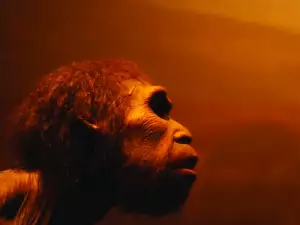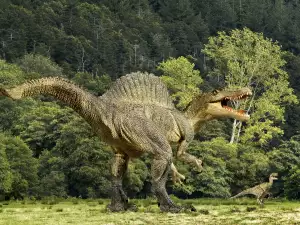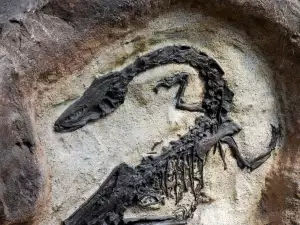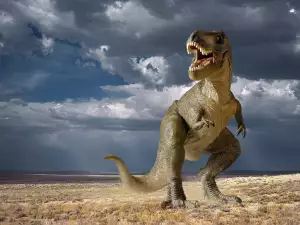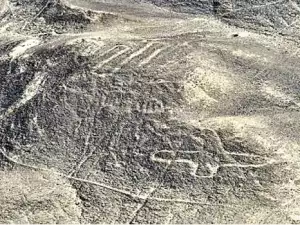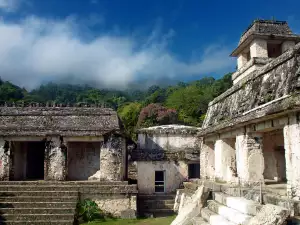Just days ago, scientists announced that they had discovered a new species of prehistoric hominid. It inhabited the territory of Eastern Asia 490 000 - 10 000 years ago. All that's left of the ancient race of man is part of the jaw and 4 teeth.
The find, made by a multinational group of researchers from various Japanese, Taiwanese and Australian universities, was named Penghu, after the Penghu Islands, near where it was found in a fisherman's net.
At first, the 4″ (10 cm) bone did not entice the interest of the anthropologists, who assumed it belonged to one of the other 3 species of prehistoric inhabitants of the region - Peking Man, Java Man or Flores Man.
But more careful scrutiny told experts that the piece of bone had no analogue. Features of the structure of the bone itself, as well as the teeth attached to it led scientists to realize that this was a new species of hominid, as yet unknown to science, or an extremely rare subspecies of Homo erectus.
Attempts to radiocarbon date and determine with precision the age of the remains led to them hitting a brick wall. Still, the scientists managed to do a comparative analysis of the fluorine and sodium in other animal bones, found in the same region. That is how they reached the conclusion that the bone is between 130 and 190 thousands years old.
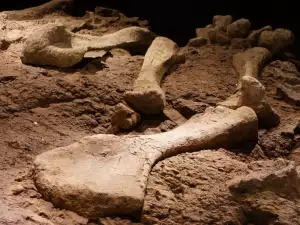
Penghu inhabited the territory of modern-day Taiwan. It had the jaw typical of more ancient representatives of the genus Homo. The bone does not give any indication of the age or sex of its owner.
Experts from the University of Tokyo suppose that Penghu belonged to the latest population of people in Asia or came from Africa at a later point in human development.
Modern-day humans are not direct descendents of the newly found species of prehistoric man, nor of the Peking Man or Java Man.
Scientists believe that in prehistoric times this region of Asia was densely populated with different subspecies and became a reason for the savage competition between them.



